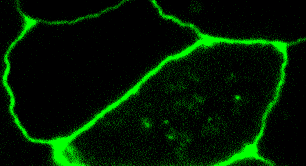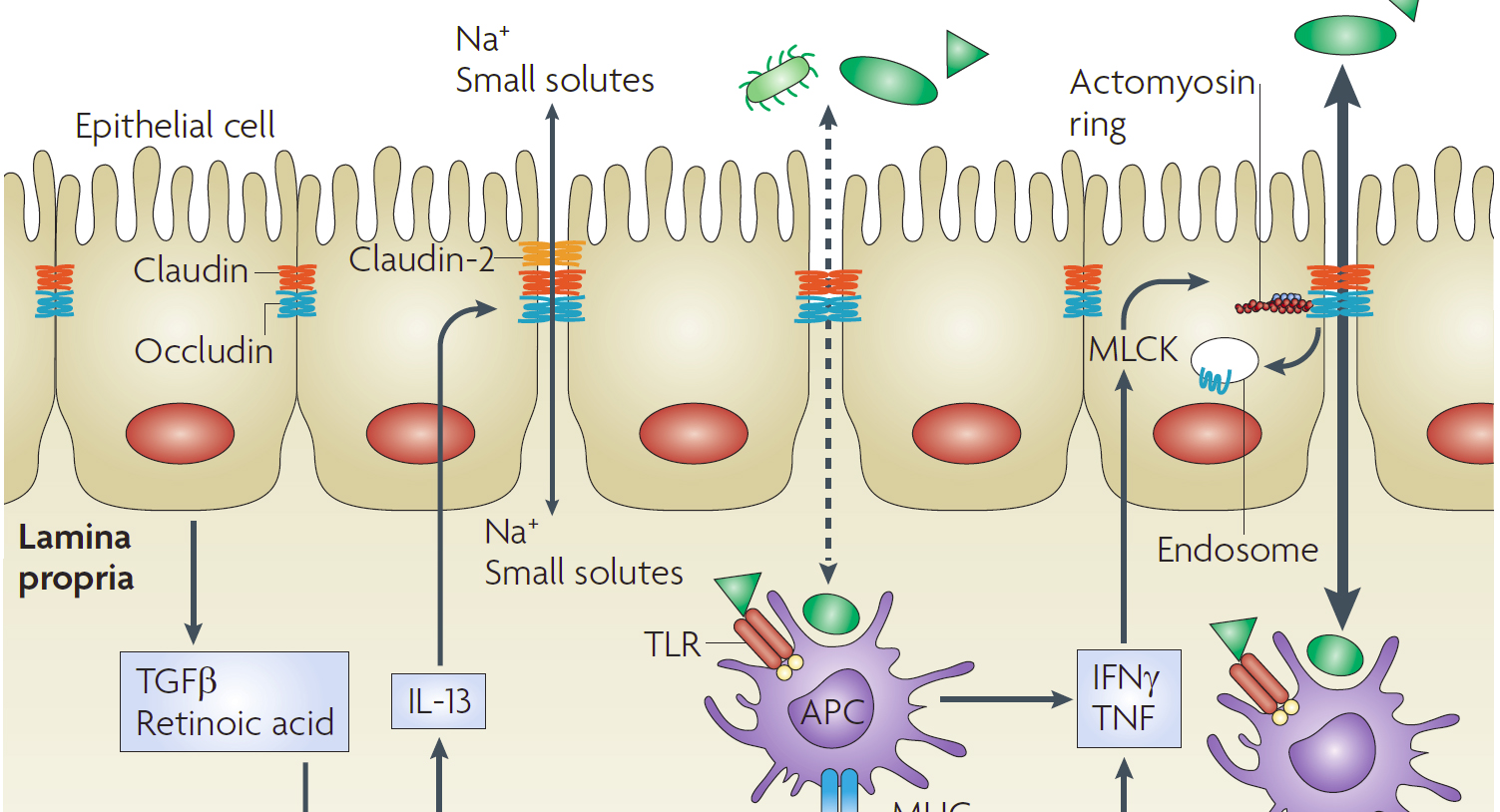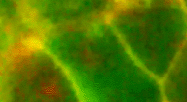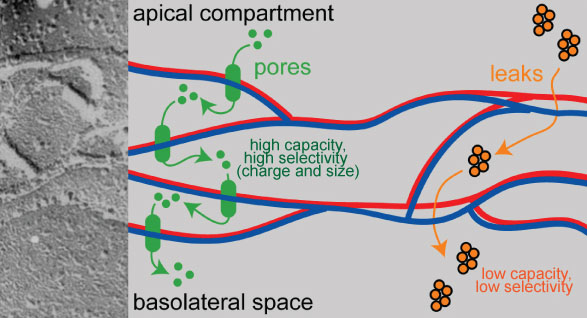
Despite numerous protein interactions, molecular structure of the tight junction is highly dynamic at steady state. This continual reorganization may explain the selectivity of tight junction permeability and be a critical mechanism of barrier regulation.

Barrier dysfunction is present in patients with Crohn's disease as well as some of their healthy first degree relatives. It has therefore been suggested that increased tight junction permeability (reduced barrier function), which can have profound effects on mucosal homeostasis and immune regulation, contributes to development of inflammatory bowel disease.

Myosin light chain kinase-dependent phosphorylation of myosin II regulatory light chain is a critical regulator of tight junction barrier function and is required for tumor necrosis factor-induced barrier loss. Inhibition of this enzyme has potential as a nontoxic therapy to restore the barrier in intestinal disease.

Molecular characterstics of tight junction composition and structure are altered during disease. Detailed analysis has made it clear that at least two separate aspects of tight junction barrier function are independently modified by pathogenic stimuli.